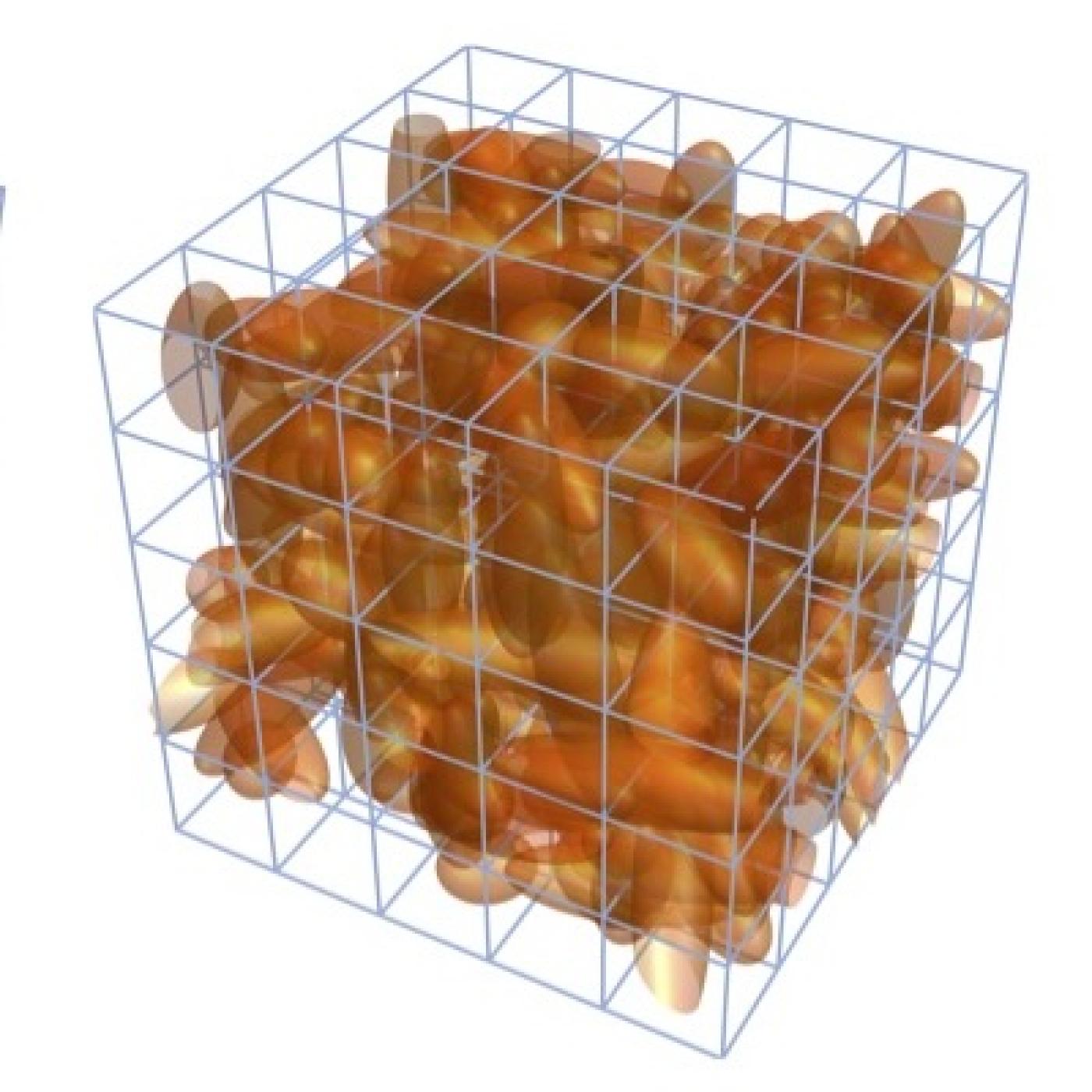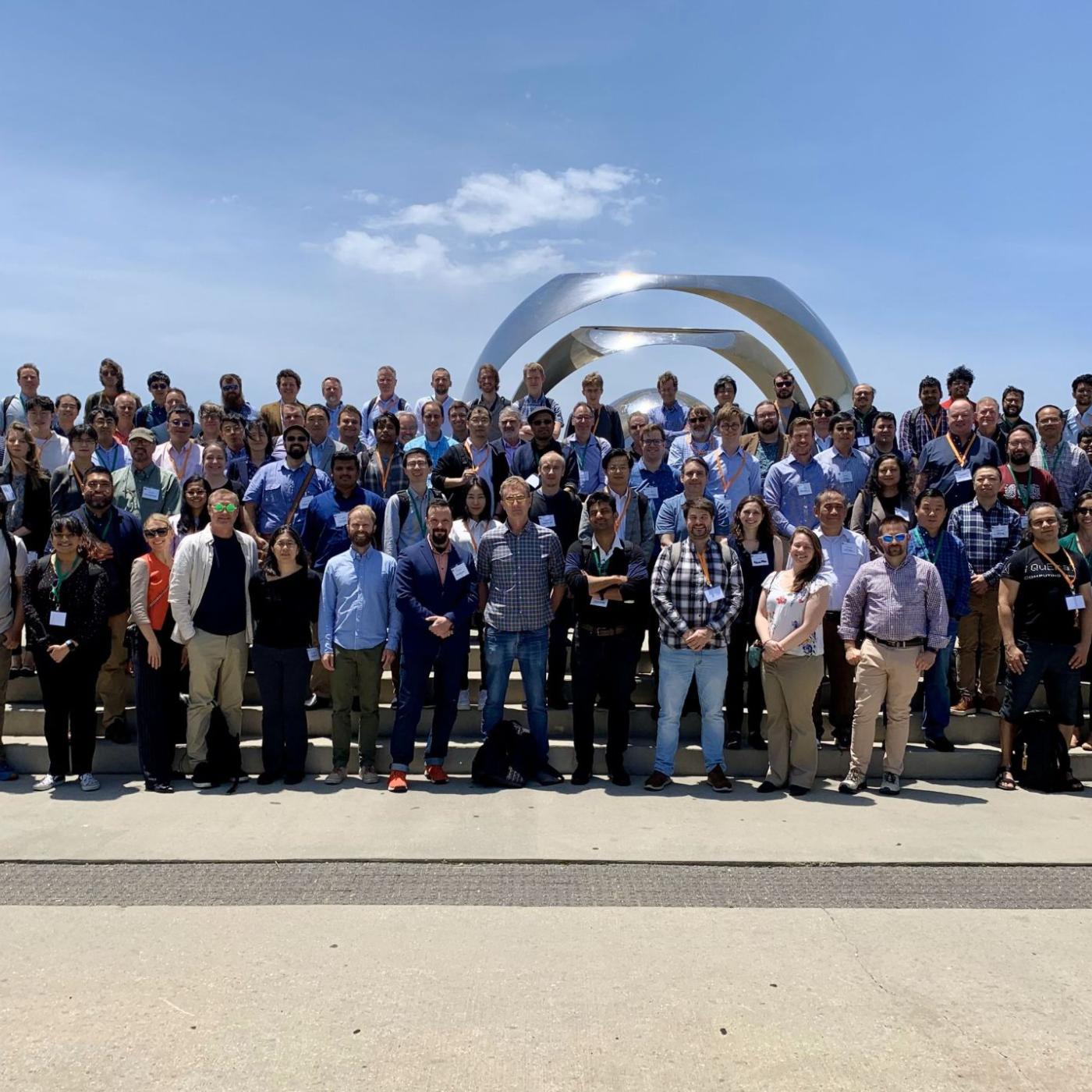
Filter News
Area of Research
- Biology and Environment (92)
- Biology and Soft Matter (1)
- Computational Engineering (1)
- Computer Science (1)
- Electricity and Smart Grid (1)
- Energy Science (59)
- Fuel Cycle Science and Technology (1)
- Functional Materials for Energy (1)
- Fusion and Fission (2)
- Isotopes (2)
- Materials (18)
- Materials for Computing (2)
- Mathematics (1)
- National Security (38)
- Neutron Science (10)
- Nuclear Science and Technology (1)
- Supercomputing (29)
News Topics
- (-) Environment (218)
- (-) National Security (86)
- 3-D Printing/Advanced Manufacturing (146)
- Advanced Reactors (40)
- Artificial Intelligence (129)
- Big Data (78)
- Bioenergy (111)
- Biology (128)
- Biomedical (73)
- Biotechnology (38)
- Buildings (74)
- Chemical Sciences (84)
- Clean Water (33)
- Composites (34)
- Computer Science (224)
- Coronavirus (48)
- Critical Materials (29)
- Cybersecurity (35)
- Education (5)
- Element Discovery (1)
- Emergency (4)
- Energy Storage (114)
- Exascale Computing (65)
- Fossil Energy (8)
- Frontier (63)
- Fusion (66)
- Grid (74)
- High-Performance Computing (129)
- Hydropower (12)
- Irradiation (3)
- Isotopes (62)
- ITER (9)
- Machine Learning (67)
- Materials (156)
- Materials Science (157)
- Mathematics (12)
- Mercury (12)
- Microelectronics (4)
- Microscopy (56)
- Molten Salt (10)
- Nanotechnology (63)
- Neutron Science (171)
- Nuclear Energy (122)
- Partnerships (67)
- Physics (69)
- Polymers (35)
- Quantum Computing (53)
- Quantum Science (92)
- Security (31)
- Simulation (64)
- Software (1)
- Space Exploration (26)
- Statistics (4)
- Summit (70)
- Transportation (102)
Media Contacts
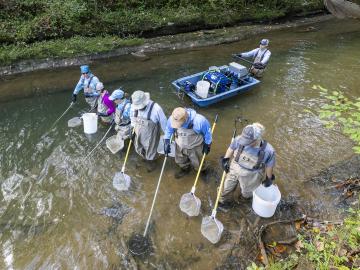
ORNL’s Biological Monitoring and Abatement Program, or BMAP, is marking 40 years of helping steward the DOE’s 33,476 acres of land on which some of the nation’s most powerful science and technology missions are carried out.
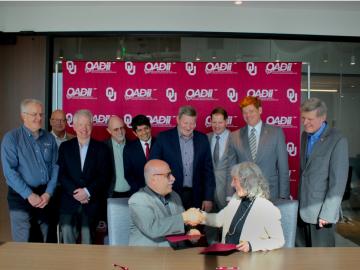
The University of Oklahoma and Oak Ridge National Laboratory, the Department of Energy’s largest multi-program science and energy laboratory, have entered a strategic collaboration to establish a cutting-edge additive manufacturing center.

In collaboration with the U.S. Department of Homeland Security’s Science and Technology Directorate, researchers at ORNL are evaluating technology to detect compounds emitted by pathogens and pests in agricultural products at the nation’s border.
Training nuclear safety experts to measure the unseen: ORNL’s course enhances nuclear accountability
Professionals from government and industry gathered at ORNL for the Nondestructive Assay Holdup Measurements Training Course for Nuclear Criticality Safety, a hands-on training in nondestructive assay, a technique for detecting and quantifying holdup without disturbing operations.

During his first visit to Oak Ridge National Laboratory, Energy Secretary Chris Wright compared the urgency of the Lab’s World War II beginnings to today’s global race to lead in artificial intelligence, calling for a “Manhattan Project 2.”
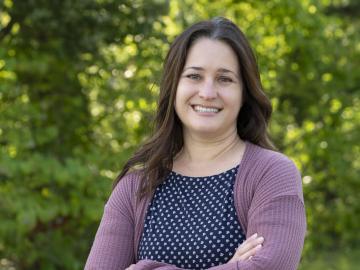
Melissa Cregger of the Department of Energy’s Oak Ridge National Laboratory has received the Presidential Early Career Award for Science and Engineers, or PECASE, the highest honor bestowed by the U.S. government on outstanding early-career scientists and engineers.
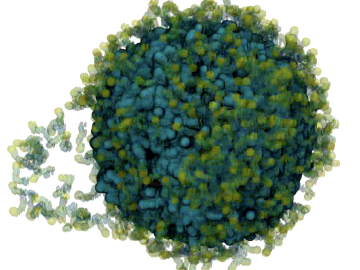
P&G is using simulations on the ORNL Summit supercomputer to study how surfactants in cleaners cause eye irritation. By modeling the corneal epithelium, P&G aims to develop safer, concentrated cleaning products that meet performance and safety standards while supporting sustainability goals.
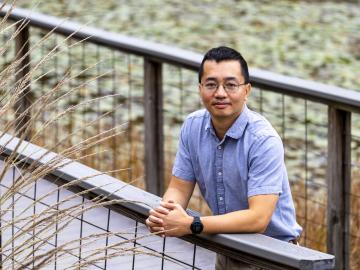
Phong Le is a computational hydrologist at ORNL who is putting his skills in hydrology, numerical modeling, machine learning and high-performance computing to work quantifying water-related risks for humans and the environment.

Researchers at the Department of Energy’s Oak Ridge National Laboratory are using non-weather data from the nationwide weather radar network to understand how to track non-meteorological events moving through the air for better emergency response.
During Hurricanes Helene and Milton, ORNL deployed drone teams and the Mapster platform to gather and share geospatial data, aiding recovery and damage assessments. ORNL's EAGLE-I platform tracked utility outages, helping prioritize recovery efforts. Drone data will train machine learning models for faster damage detection in future disasters.


